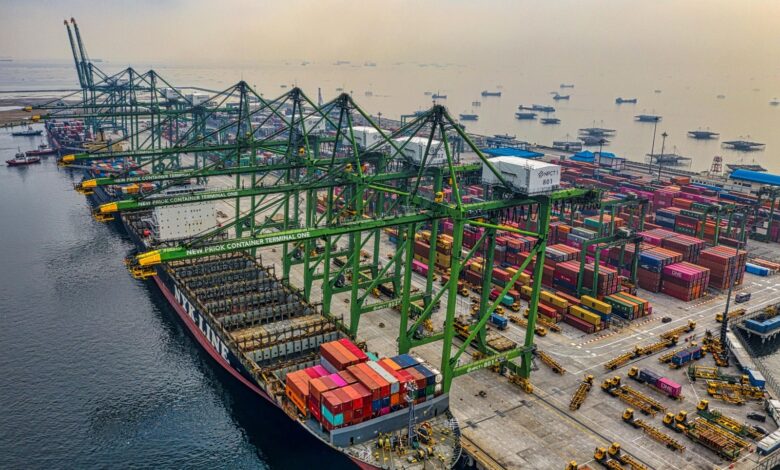The Hidden Connectors Powering Global Trade

Transport safety has quietly become one of global logistics’s most crucial pressure points. As automation, sustainability mandates, and volatile weather patterns reshape the freight landscape, the unseen mechanisms securing cargo are stepping into the spotlight. Among them, trailer twist locks—humble but indispensable connectors between containers and chassis—symbolize a deeper shift in how the industry views physical integrity, digital accountability, and the next frontier of intermodal efficiency.
Every year, trillions of dollars in goods cross seas and highways linked by these small pieces of high-torque engineering. Yet, behind their mechanical simplicity lies a growing story of adaptation—one that mirrors the logistics industry’s transformation from muscle to microchip. This shift is redefining how resilience is engineered into everything that moves.
The global supply chain relies on technology and trust—trust that containers will remain secure and traceable from port gate to inland terminal. The tightening regulatory environment has underscored this fact. As automation expands, physical couplings like trailer twist locks represent the tangible boundary between human oversight and machine precision. The next generation of these mechanisms incorporates smart features—sensors that validate lock engagement, record vibration anomalies, and transmit real-time data to logistics platforms.
This evolution closes the historical information gap between the dock and the data center. A simple twist lock can transmit diagnostics to fleet operators thousands of miles away through miniature IoT sensors. It’s no longer just a lock—it’s a data node in the emerging nervous system of global freight.
The Rise of Smart Intermodality
Technology is redefining what “intermodal” means. Where once the challenge was simply aligning rail, sea, and road transport schedules, the new frontier is digital synchronization. Predictive analytics now determine optimal routes, maintenance schedules, and safe handling procedures based on a feed of live data from mechanical interfaces. The linkages once viewed as static—between trailer, container, and terminal—are gaining agency in a connected ecosystem.
Real-time monitoring of structural forces, axle strain, and locking integrity reduces downtime and signal risks before they escalate. The latest maritime standards are also
pushing for automated verification systems to preempt mechanical failures. In this interconnected equation, each fastening system—from a container clamp to a locking pin— contributes to systemic resilience, echoing a broader cultural shift toward “zero failure
freight.”
Designing Resilience Into the Margins
As new regulations on carbon intensity and hazardous material transport reshape global standards, equipment design is following suit. Lightweight alloys and corrosion-resistant coatings are being coupled with digital self-diagnostics. These advances help maintain mechanical consistency even under extreme thermal or saline exposure—conditions that previously eroded safety margins. The result is a stronger convergence between safety engineering, sustainability, and traceability.
Manufacturers and supply chain designers already envision modular coupling systems that self-report wear, synchronize inspection intervals with fleet databases, and alert operators if torque deviation suggests potential disengagement. The humble twist lock is now a gateway to broader system optimization, quietly supporting automation without removing the essential safety redundancies that define industrial reliability.
The New Benchmark for Accountability
Transparency is emerging as the new currency of logistics. Blockchain-backed custody chains, AI-driven surveillance of routes, and machine-verified loading protocols are transforming how accountability is shared among shippers, carriers, and regulators. In this matrix, mechanical verification tools—such as lock engagement data—are being integrated into digital ledgers, creating an unbroken custody record.
It’s here that small components like trailer fasteners prove their macroeconomic worth. They translate mechanical performance into verifiable metrics that can be audited, insured, and trusted across systems.
As supply chains evolve toward autonomy, the ethics of reliability gain prominence. The logistics machinery is not just expected to work but to communicate, adapt, and self- correct. That transformation begins at the micro-level, where materials meet mechanics, and where design choices ripple upward through systems of vast complexity.
In that silent junction between automation and assurance, trailer twist locks remain the unsung protagonists of a logistics revolution. They represent more than equipment—they embody the emerging philosophy of intelligent infrastructure, where resilience is built and continuously verified, one locked connection at a time.




